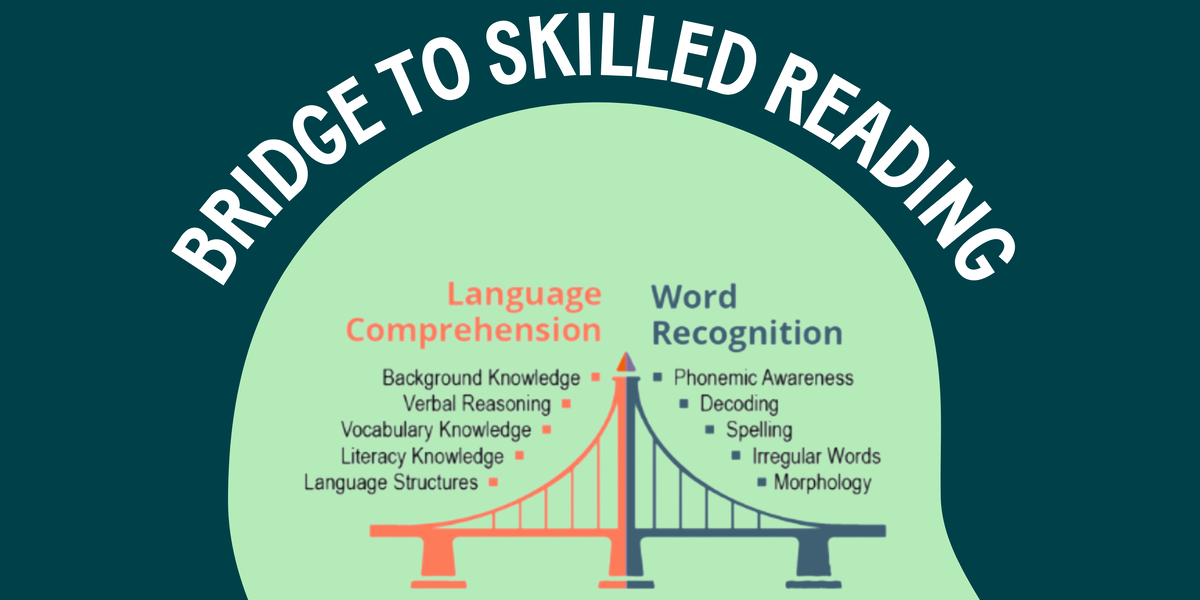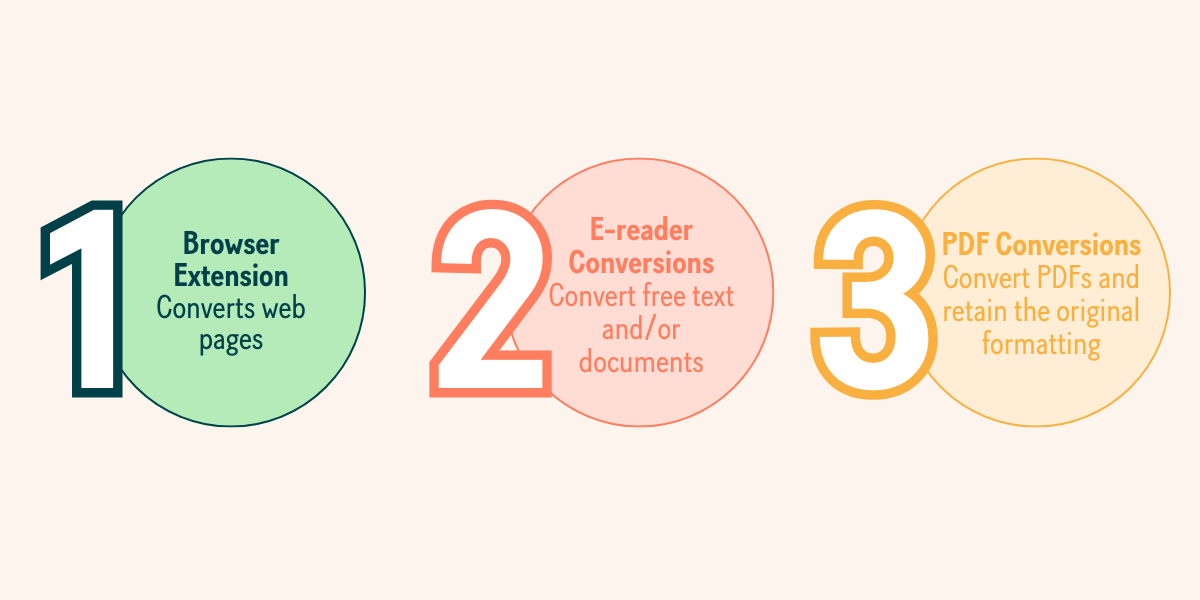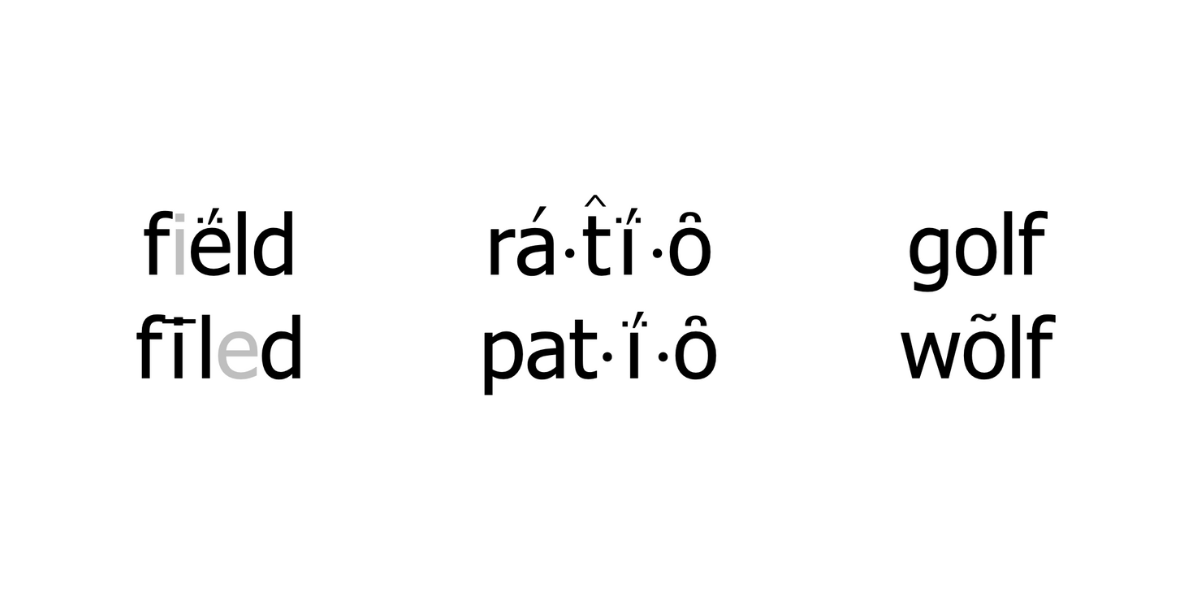Unlock Reading Success for Students with Dyslexia Using Readable English
Supporting students with dyslexia requires a specialized approach to help them build strong reading skills and gain confidence. Dyslexia, a...
K-12Discover how Readable English is transforming reading instruction |
PROGRESS MONITORINGEasily assess and monitor growth with data-driven insights and reporting tools |
PROFESSIONAL SERVICESDiscover the services that support your success, from virtual training to expert coaching |
INDIVIDUALSStrengthen your reading skills with an interactive app tailored to your learning needs |
PARENTSEmpower your child's reading journey with an interactive app and expert strategies for home support |
|

|
Rethinking Reading: How One District Transformed Instruction (SmartBrief)Discover how a bold shift in reading instruction helped struggling learners thrive - and the critical role Readable English played in their success.
|
RESEARCH & RESULTSExplore peer-reviewed studies and real-world case studies on Readable English in action |
BLOGExplore articles on feature highlights, research deep-dives, and the latest literacy insights |
EBOOKDownload the ebook Why Learning to Read English is So Hard and how to Make it Easier |
CUSTOMER STORIESDiscover how educators and administrators are transforming literacy with Readable English |
RESOURCE AND PRODUCT ENABLEMENT LIBRARYFind essential educational references and instructional materials to enhance teaching |
FAQSFind essential educational references and instructional materials to enhance teaching |
NEWS & EVENTSStay up to date with media coverage, webinars, and upcoming events featuring Readable English |
|
|
Rethinking Reading: How One District Transformed Instruction (SmartBrief)Discover how a bold shift in reading instruction helped struggling learners thrive - and the critical role Readable English played in their success. |
2 min read
%202.png) Tim Waldron
:
May 6, 2024
Tim Waldron
:
May 6, 2024
In today's digital age, technology has become a powerful tool for enhancing accessibility and inclusivity in education. From addressing dyslexia and ADHD to accommodating students with hearing or sight impairments, technology offers innovative solutions to level the playing field for all learners. However, despite significant strides in accessibility, one crucial aspect often overlooked is the challenge of literacy, particularly for individuals struggling with reading accuracy, fluency and comprehension. By harnessing the power of technology to make the English language more phonetic and accessible, we can unlock the doors to literacy for all.
Addressing Learning Differences
Students with dyslexia, ADHD, hearing impairments, or visual impairments face unique challenges in the traditional classroom setting. Dyslexia, for example, affects an estimated 5-10% of the population, making it difficult for individuals to decode words and comprehend written text. Similarly, ADHD can impact attention span and focus, hindering learning and retention. For students with hearing or sight impairments, traditional teaching methods reliant on visual or auditory cues may not be effective.
The Role of Technology
Fortunately, advancements in technology have paved the way for more inclusive educational practices. Text-to-speech software, for instance, can convert written text into spoken words, providing auditory support for students with dyslexia or visual impairments. Similarly, speech recognition software allows students with ADHD or motor impairments to dictate their thoughts and ideas, bypassing the need for traditional writing tasks. When these technologies are not in use teachers are resorting to read outloud the texts to the students which is not efficient in any circumstance but especially when teachers are stretched so thin.
Furthermore, captioning and sign language interpretation tools enable students with hearing impairments to access instructional content more effectively. Similarly, screen readers and magnification software enhance accessibility for students with visual impairments, allowing them to navigate digital resources with ease.
The Reading Conundrum
While these technological solutions have undoubtedly improved accessibility in education, one critical aspect remains largely unaddressed: reading proficiency. Despite the prevalence of reading interventions and literacy programs, many individuals, including those without diagnosed learning differences, struggle with reading comprehension and fluency.
Phonetic Accessibility: A Solution for All
One promising approach to tackling the reading conundrum is to make the English language more phonetic through accessibility tools. English is notorious for its irregular spelling patterns and complex phonetics, posing significant challenges for beginning readers and English language learners alike.
By leveraging technology to provide phonetic cues and pronunciation assistance, we can scaffold the reading process and support learners at every stage of their literacy journey. Text-to-speech software, for example, can highlight phonetic elements within words, helping students decode unfamiliar terms and improve their pronunciation.
Similarly, interactive phonics games and apps can engage students in hands-on learning activities, reinforcing phonemic awareness and letter-sound correspondence. By making the connection between letters and sounds more explicit, these tools empower students to become more confident and proficient readers.
The Promise of Accessibility
In embracing phonetic accessibility, we not only address the needs of students with learning differences but also unlock the doors to literacy for all learners. By removing the barriers.
While the potential of phonetic accessibility to revolutionize literacy education is clear, its widespread implementation requires collaborative action from educational partners across sectors. Governments, educational institutions, technology developers (eg. LMS providers), and content creators (eg. publishers, curriculum companies, etc..) must band together to make all educational content phonetic and accessible to learners of all abilities.
Conclusion
As we continue to harness the power of technology to promote inclusivity in education, let us not overlook the fundamental importance of literacy. By embracing phonetic accessibility and making the English language more transparent and intuitive, we can empower learners of all abilities to unlock the transformative power of reading. Together, let us embark on a journey towards a more accessible and equitable future for education, where every learner has the opportunity to thrive.
About the author: Tim Waldron is the CEO of Readable English. Readable English’s mission is to get all students reading proficiently at grade level. This is precisely what we’ve done at Readable English. Through a unique markup using visual cues we call glyphs, Readable English builds a pronunciation guide into every word without changing the spelling. Content area texts can be easily converted by students and teachers into Readable English. Once converted students are able to independently and accurately read their grade level content.

Supporting students with dyslexia requires a specialized approach to help them build strong reading skills and gain confidence. Dyslexia, a...

At Readable English, we want to make reading and understanding content as simple as possible. That’s why we’ve created three powerful conversion...

“Field” or “Filed?” For so many multilingual learners, English spelling and pronunciation can present a puzzle. Words that look familiar often sound...